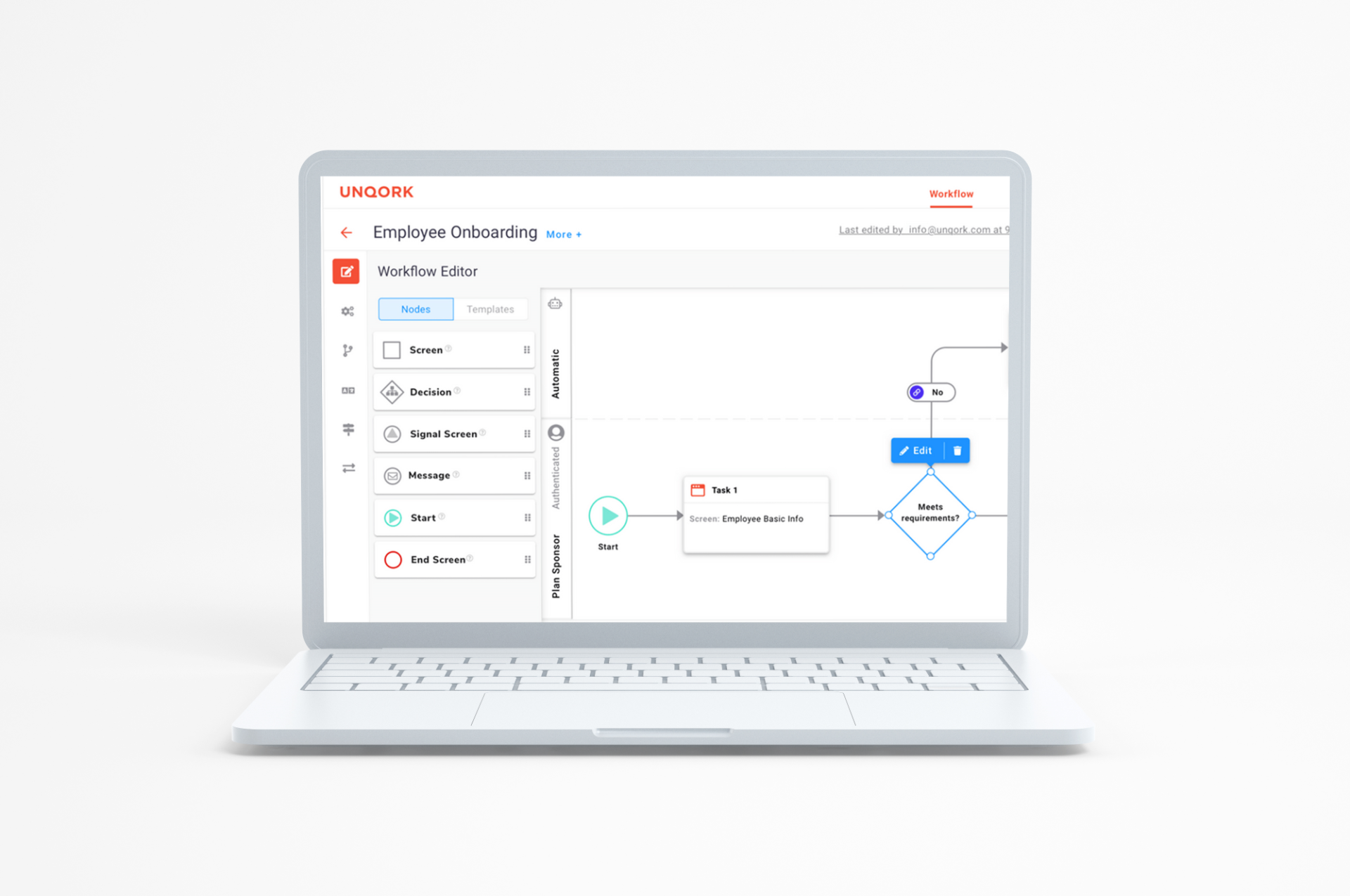VDart partners with

to provide industry leading
platform for No-Code
Application Development.
Reduce application development time by 80% *.
What is no-code app development?
No-code app development allows for seamless app development without using a single line of code. Rather than learning a new (and potentially unique) coding language, no-code app development allows developers to design an application with a drag-and-drop interface.

5 Benefits of no-code app development
No-code allows for quick turn-around time in a fraction of the time it would take when building an app with traditional or low-code options. No-code uses a visual interface with rich functionality that allows for a smooth transition between an idea and a workable application.
Because no-code app development takes a visual approach, there is an easier line of communication between IT teams and business leaders. There is a direct and transparent visualization that promotes cross-team collaboration between IT teams, business analysts, and engineers.
Traditional app development structures can create IT work bottlenecks that limits work
to those with specialized knowledge. However, no-code allows those within business teams to bring ideas to the table by being able to hand-off complex, detailed projects and break them down into smaller projects. Thus, project backlogs are reduced because even though one might not be able to code, they are still able to contribute to the overall development process.
No-code uses a drag-and-drop interface and JSON documents rather than legacy code and data models. Traditionally, app developers needed to define all entities from the start which can lead to slow and lagging start-up times and a very labor intensive process down the line. With no-code, your data is stored on a JSON document rather than a data model and allows for a faster, more logical data structure. No-code platforms give you flexibility to start building immediately with the ability to adjust on the fly and rebuild/redirect when necessary.
With legacy code, there is a constant need to maintain and update the code every time a change is made. The need to hire specialized engineers to maintain the legacy code can often be a drain on a company’s bottom-line. However, with no-code development, there is no need to maintain legacy code while building custom apps. This results in faster turn-around times, reduced costs, and less stress on an IT team’s bandwidth.
5 Benefits of no-code app development

Decreased time to market
No-code allows for quick turn-around time in a fraction of the time it would take when building an app with traditional or low-code options. No-code uses a visual interface with rich functionality that allows for a smooth transition between an idea and a workable application.

Bridge communication gaps
Because no-code app development takes a visual approach, there is an easier line of communication between IT teams and business leaders. There is a direct and transparent visualization that promotes cross-team collaboration between IT teams, business analysts, and engineers.

Highly accessible
Traditional app development structures can create IT work bottlenecks that limits work
to those with specialized knowledge. However, no-code allows those within business teams to bring ideas to the table by being able to hand-off complex, detailed projects and break them down into smaller projects. Thus, project backlogs are reduced because even though one might not be able to code, they are still able to contribute to the overall development process.

Flexible
No-code uses a drag-and-drop interface and JSON documents rather than legacy code and data models. Traditionally, app developers needed to define all entities from the start which can lead to slow and lagging start-up times and a very labor intensive process down the line. With no-code, your data is stored on a JSON document rather than a data model and allows for a faster, more logical data structure. No-code platforms give you flexibility to start building immediately with the ability to adjust on the fly and rebuild/redirect when necessary.

Cost savings on reduced legacy maintenance
With legacy code, there is a constant need to maintain and update the code every time a change is made. The need to hire specialized engineers to maintain the legacy code can often be a drain on a company’s bottom-line. However, with no-code development, there is no need to maintain legacy code while building custom apps. This results in faster turn-around times, reduced costs, and less stress on an IT team’s bandwidth.
By 2023, over 50% of medium to large enterprises will have adopted an LCAP as one of their strategic application platforms
Gartner
Magic Quadrant for Enterprise Low-Code Application Platforms, 2020


